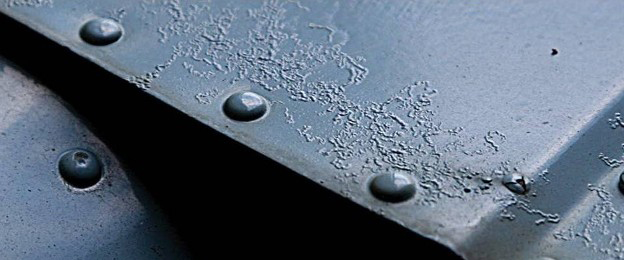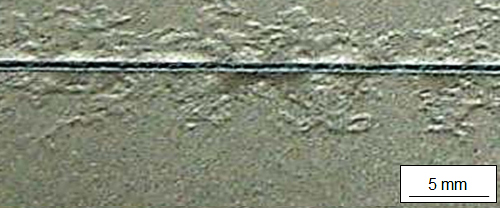Corrosion doesn’t care what make/model aircraft you have or how many flight hours it sees. All it cares about is getting its start and hoping you are not paying attention.
Over the past 60 years, we have seen and repaired corrosion damage on nearly every make/model business aircraft that has ever flown. Here are some common types of corrosion.
Filiform Corrosion: This occurs under painted surfaces when the protective coating has been compromised. The corrosion extends out from the original corrosion pit, causing degradation of the protective coating.


Galvanic Corrosion: An electrochemical action of two dissimilar metals in the presence of an electrolyte and an electron conductive path, causing corrosion. It can occur when dissimilar metals are in contact.


Surface Corrosion: Chemical or electrochemical attack on surface of metal. It is a general roughening, etching, or pitting of the surface of a metal.


These photos are evidence of severe neglect. At Duncan Aviation, we have seen issues like this on aircraft left outside quite often and subjected to the salt air (ocean air) without regular preventive maintenance and inspections for corrosion.
Paint only needs to crack once to allow oxygen and moisture to get underneath and deteriorate the surface protection. Typically, this occurs anywhere there is a seam on the fuselage, wing, empennage or flight control surface. Corrosion remains hidden by the painted surface, or has been touched up with paint over the surface, trapping the growing corrosion underneath.
These examples of corrosion could occur anywhere on the aircraft that the metal is not protected. If the anodizing, alodine, or other surface protection is missing in that area, then surface corrosion, galvanic, (dissimilar metal) corrosion, or other forms of corrosion can occur.
It is very important to maintain the surface protection, and to perform regular inspections of all areas to detect corrosion before it grows.
December 2025
December 2025
December 2025
November 2025
November 2025